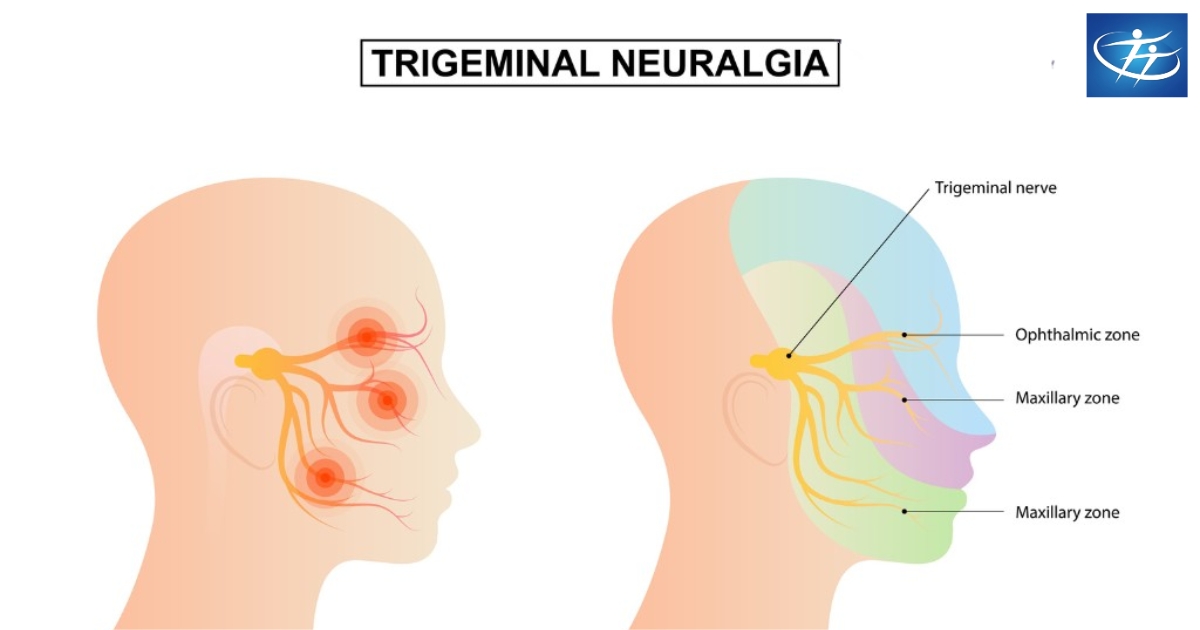Chronic pain can greatly affect your everyday life. Simple tasks may be painful or impossible and normal mobility can be limited. Frozen shoulder, plantar fasciitis, osteoarthritis of the knee, and chronic muscle injuries are examples of chronic pain syndromes that typically will not improve with standard treatment options such as medications, physiotherapy, or injections. Fortunately, if you have continual pain, PRP therapy (Platelet-Rich Plasma therapy) can offer a hopeful, non-surgical option that enhances healing and controls pain naturally.
What is PRP Treatment?
PRP Treatment is instead a regenerative therapy that uses your own platelets from blood to repair tissues that have been damaged. The platelets contain growth factors and proteins that help to repair tissue, reduce inflammation and aid in healing. Unlike medication that temporarily takes away pain sensations, PRP works directly on chronic pain rather than the associated perception of pain, and enhances your body’s natural ability to heal.
PRP Treatment for Frozen Shoulder
Frozen shoulder or adhesive capsulitis is characterized by stiffness, limited mobility, and pain in the shoulder joint. Considered self-limiting, frozen shoulder usually resounds with painkillers, and physiotherapy, but often provides little relief.
How PRP Works:
Decreases inflammation in the shoulder joint
Stimulates repair of the capsular and connective tissue in the shoulder
Increases range of movement over time
Minimally invasive with low risk of side effects
Patients suffering from chronic shoulder pain, and do not respond to standard therapies show substantial improvements following PRP treatment.
PRP Treatment for Plantar Fasciitis
Plantar fasciitis is one of the most common sources of heel pain. It appears to be particularly common among runners and those that stand for long periods of time. Chronic inflammation of the plantar fascia can cause extreme pain when walking.
Benefits of PRP for Plantar Fasciitis:
Speeds healing of the plantar fascia
Decreases swelling and inflammation
Can provide longer lasting relief than steroid injections
Improved function and mobility of the foot
PRP therapy uses platelets in rich plasma to treat the inflamed tissue. Thus, PRP therapy is able to treat the offending source of the pain, rather than just masking the pain.
PRP Therapy for Knee Osteoarthritis
Knee osteoarthritis (OA) is a degenerative joint disorder causing pain, swelling, and stiffness. Patients often take pain medications, have hyaluronic acid injections, and even undergo surgery.
Reasons why PRP works for knee osteoarthritis:
Encourages cartilage repair and slows degeneration
Reduces inflammation in the joint space
Restores joint movement and function
Minimally invasive option in lieu of surgery
PRP is especially beneficial for early to mid-stage osteoarthritis or patients that have not responded to conventional treatment methods; thus it is a common option for patients needing relief from chronic knee pain.
PRP Therapy for Chronic Muscle Injuries
Chronic muscle injuries, such as repetitive use injuries or old sports injuries, unrelated to a specific trauma, typically do not heal perfectly with regular treatment. It’s common to have continuing pain, weakness, and limited flexibility.
Benefits of PRP Treatment:
Stimulating the repair of muscle fibers and connective tissue
Reduction of chronic inflammation
Quicker recovery and functional strength
Self returns to normal activity sooner
PRP therapy can enhance the lives of athletes and others who are active, promoting natural tissue regeneration without surgery.
Why PRP Therapy for Chronic Pain?
PRP therapy is an emerging safe and effective treatment for chronic musculoskeletal pain conditions that are unresponsive to standard therapies. Some benefits include:
Natural and autologous: Uses your own blood so there is less risk of allergic reactions
Minimally invasive: No major surgery and some downtime
Targeted treatment: Injected directly into the tissue for quicker results
Less dependence on pain meds: It allows patients to avoid long-term pain medication.
Improved function: Greater joint mobility and tissue healing
Who’s a Candidate for PRP Therapy?
PRP therapy is appropriate in patients with:
Chronic shoulder, knee, or muscle pain that has not improved with traditional treatment.
Early to moderate oa of the knee or other joint.
Sports related muscle or tendon injuries.
Conditions when surgery is not the immediate choice or is preferred to not be the treatment of choice.
A pain specialist or interventional pain management will look at your condition and determine if PRP therapy should be part of your treatment.
What to Expect from PRP Therapy
Blood Draw: A small sample of your blood will be obtained.
Centrifugation: Blood will be processed to separate the platelet-rich plasma.
Injection: PRP is injected into the targeted area in a sterile environment and ultrasound guidance may be used for placement of the injection.
Recovery: Patients may have mild soreness, but most are capable of light activities soon after.
Follow-up: Depending on the condition being treated, multiple sessions may be necessary.
PRP therapy can be scheduled as an outpatient procedure, permitting patients to return home on the same date as treatment.
How PRP Compares with Other Treatments
| Treatment | Effectiveness | Invasiveness | Duration of Relief |
|---|---|---|---|
| Painkillers | Symptomatic only | Non-invasive | Short-term |
| Steroid Injections | Reduces inflammation | Minimally invasive | Temporary |
| Surgery | Can correct structural issues | Invasive | Long-term but recovery required |
| PRP Therapy | Promotes natural healing | Minimally invasive | Long-term regenerative relief |
PRP therapy bridges the gap between conservative measures and surgery, providing long-lasting relief with minimal risk.
Final Thoughts
When it comes to chronic pain syndromes like frozen shoulder, plantar fasciitis, osteoarthritis of the knee, and chronic muscle injuries – PRP Therapy is a safe, natural and effective option to address the pain, along with the body’s natural healing capabilities. PRP helps manage the pain and improves function and quality of life by taking advantage of the body’s natural healing processes.
If you have exhausted other treatment options, we recommend finding an interventional pain management physician who offers PRP therapy. Early intervention can help improve healing and decrease pain.
📍 Book Your PRP Therapy Session Today
✅ Chronic Shoulder, Knee, Foot, and Muscle Pain
✅ Non-Surgical, Safe, and Long-Lasting Relief



